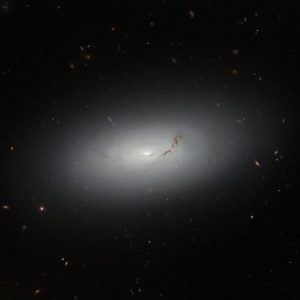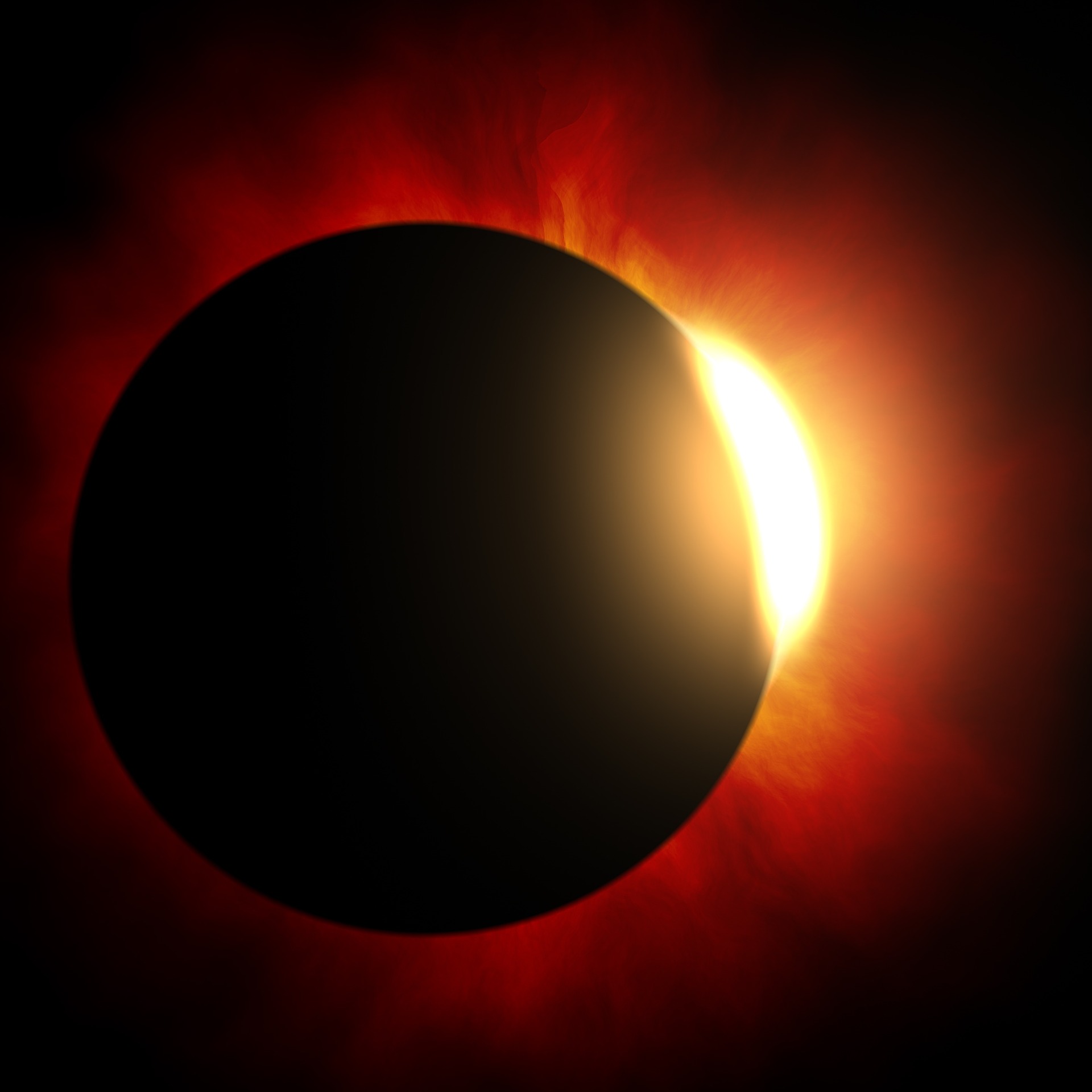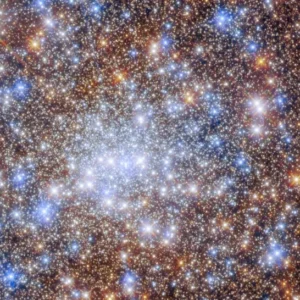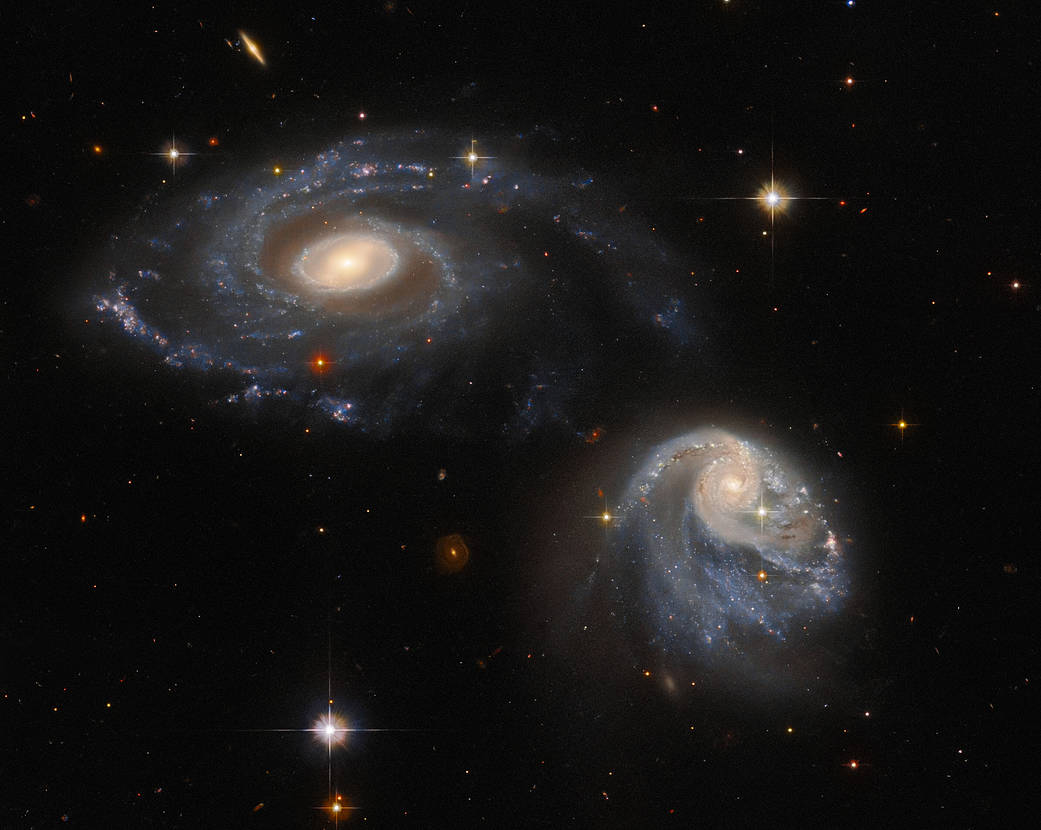The new image from the Hubble Space Telescope shows the “forbidden” light coming from a distant spiral galaxy. The wonderful spiral galaxy, MCG-01-24-014, is located nearly 275 light-years from Earth. It hosts two prominent and well defined spiral arms, along with a glowing core full of energy, which shines almost...
Mike Chancellor
The distance to NGC 3156 is approximately 72.67 million light-years from us. With an apparent magnitude of 12.30 in the V-band and 13.07 in the B-band, NGC 3156 may not be among the brightest gems in the night sky, but its allure lies in its unique characteristics.
However, even when clouds obscure the view, the unusual daytime darkness associated with eclipses will delight not only human observers but also the co-dwellers of this natural world. Birds seek their roosts, bees return to their hives, and even turtles emerge from their aquatic abodes in response to this transient celestial phenomenon.
Situated in the galaxy IC 1776, nestled within the Pisces constellation and 150 million light-years away from Earth, this image offers a new insight on a distant, irregularly-shaped spiral galaxy.
NASA’s Neil Gehrels Swift Observatory, initially designed to study gamma-ray bursts, has discovered the repeated, partial tidal disruption of a Sun-like star by a massive black hole named Swift J0230. The object signifies a dawn of a fresh era in Swift’s scientific exploration, enabled by an innovative approach to interpreting...
In a few more hours, India will become the fourth country to make a soft-landing on Moon, with Chandrayaan-3, the country’s third lunar mission, scheduled to land on the Moon’s South Pole at 6:04pm(IST) today, 23 August.
After a couple of weeks in which we welcomed a partial solar eclipse on October 25, a total lunar eclipse is preparing to take place on Tuesday, November 8. This total lunar eclipse is a rare sight for skywatchers because the Moon will take on a reddish-copper hue, earning it...
Launched on October 16, 2021, NASA’s Lucy spacecraft has recently provided us with an amazing image of planet earth and its moon from a distance of about 1.4 million kilometers.
While both Herbig-Haro objects are visible, the young star system that gave rise to them is hidden from view, trapped in the dense dust clouds at the image’s center.
Even in its old age, the Hubble Space Telescope is still providing us with stunning views of distant objects in our universe. In this case, it has given us a glimpse into the enormous star cluster Terzan 4.
The gamma-ray burst (GRB), the most potent class of explosions in the cosmos, which is responsible for the emission, is one of the brightest events ever recorded.
The most recent image of two interacting galaxies, floating side by side, from the Hubble Space Telescope illustrates that even in its older years, the telescope is still capable of taking us into deep space.
At least every other week, NASA says the space agency will release a new image depicting a galaxy pair or spectrum from the James Webb Space Telescope on the mission’s blog.
The James Webb Space Telescope and the Hubble Space Telescope, two of NASA’s Great Observatories, have captured images of a special NASA experiment designed to deliberately smash a spacecraft into a small asteroid in the first-ever in-space test for planetary defense.
Deepening the mystery of the sources of these deep space phenomena, astronomers say they have detected a mysterious fast radio burst (FRB) signal from a binary system.






